Description
Why is moving & positioning of people training important?
Moving and handling & positioning of people within residential care homes, domiciliary care & the social care environment is a vary important and key part of the working day for most employees. Not only moving people, but also equipment, laundry, catering, supplies or waste to assisting care home residents on a daily basis.
Incorrect & poor moving and handling practice can lead to:
- Back pain, Musculoskeletal disorders, which intern can lead to inability to work
- Moving and handling accidents, which can injure both the person being moved and the employee
- Discomfort and a lack of dignity for the person being moved
- You must take action to prevent or minimise the risk of injury.
The most common injuries residential care home staff & domiciliary carers experience are back injuries. Injuring your back will limit your movement, but also your ability to work and care for someone. It can also take a long time for the injury to mend and for you to recover.
Lifting someone incorrectly can also damage fragile skin, cause shoulder and neck injuries, increase existing breathing difficulties, or cause bruising or cuts.
What is covered in this moving and handling people course?
This moving and handling people e-learning course covers the following subjects:
- Introduction to the key principles of moving and handling
- Overview of why ergonomic moving and handling are important
- The law regarding moving and handling
- Actions that organisations should take to promote a safer workforce
- Individual responsibilities with respect to moving and handling
- Definition of manual handling
- The need to understand how our spine and back works
- An awareness of the most common moving and handling injuries
- How healthcare workers can promote healthy back care
- Recommended ergonomic approaches to risk assessments (LITE/TILE)
- Other moving and handling risk factors
- The principles of safer moving and handling of people
- Actions to take following a moving and handling risk assessment:
- The Health and Safety Executive’s (HSE) ‘Numerical Guidelines for Lifting and Lowering Loads’
- The Health and Safety Executive (HSE) guidelines for handling whilst seated
- The Health and Safety Executive (HSE) pushing and pulling guidelines
- Key things to remember when team handling
- Moving and handling information sources.
Our CPD certificate can be used to provide evidence for workplace compliance and is recognised internationally.
All online training courses and programs are accredited by the CPD Certification Service, conforming to universally accepted Continuous Professional Development (CPD) guidelines.

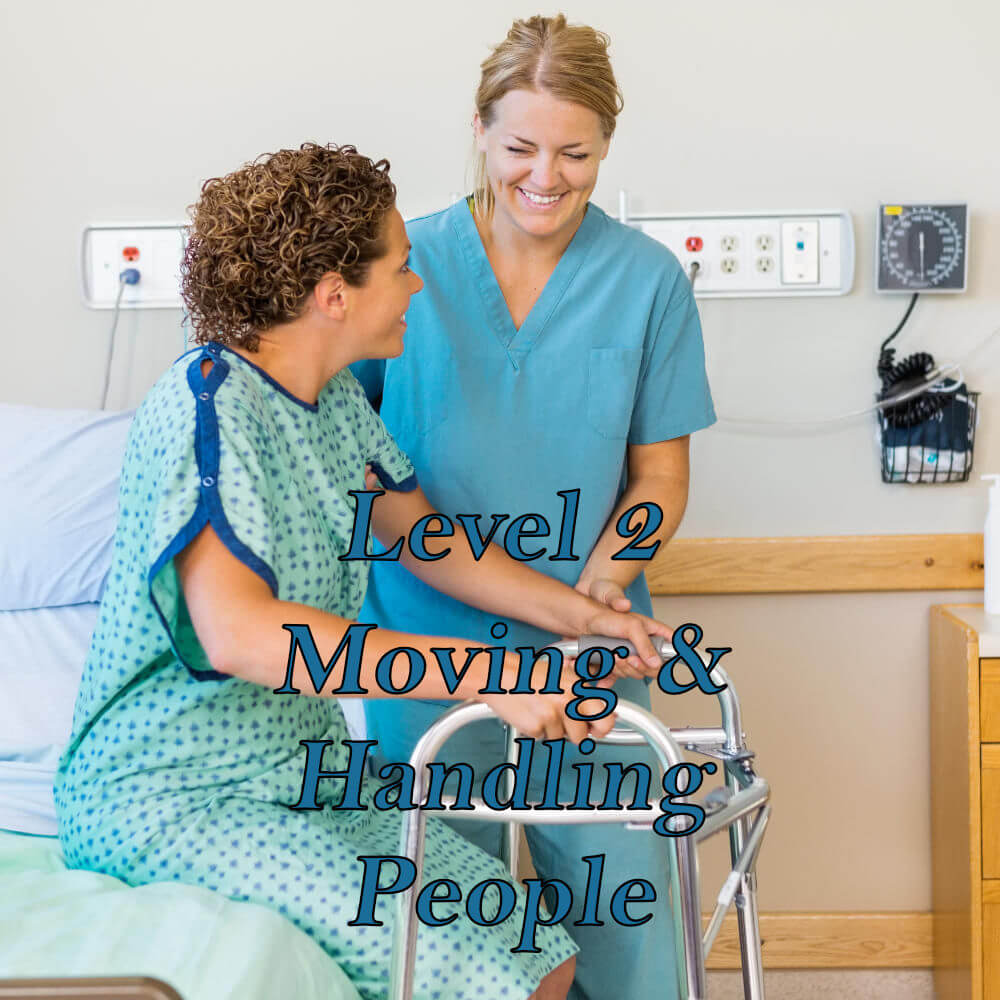
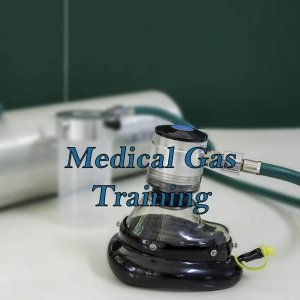
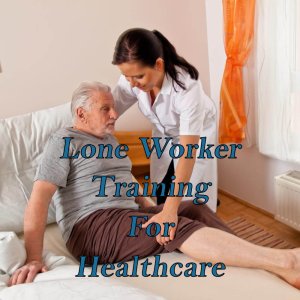
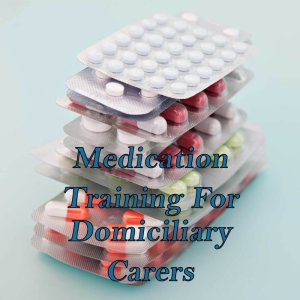
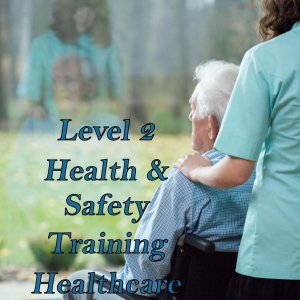
Anonymous –